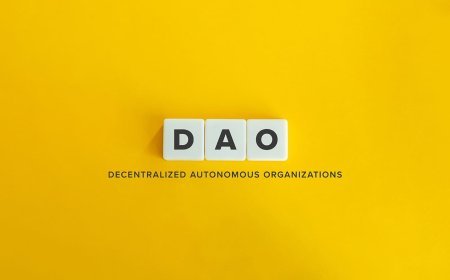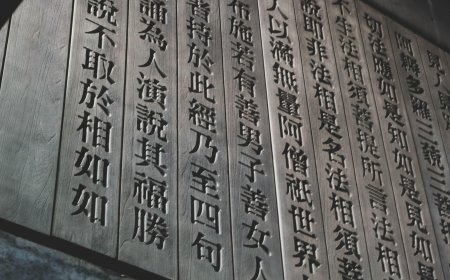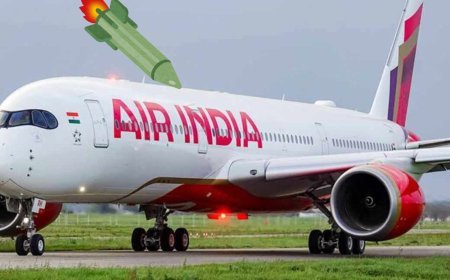CPEC Phase-II Officially Launched: PM Shehbaz's Historic China Visit

ISLAMABAD: The government of Pakistan has officially announced that Prime Minister Shehbaz Sharif's upcoming visit to China later this month will formally kick off the second phase of the China-Pakistan Economic Corridor (CPEC-II). After a five-year delay, this new phase will focus on enhanced industrial cooperation.
Planning Minister Ahsan Iqbal, who serves as the focal person for the CPEC initiative, stated that the prime minister’s visit will mark a significant milestone. Both nations are expected to establish clear priorities and agree on tangible, measurable outcomes for CPEC-II. This announcement was made during a high-level meeting convened to review preparations for the upcoming Joint Cooperation Committee (JCC) session and the prime minister’s trip to Beijing.
While the JCC is scheduled to meet in October, official sources confirm the prime minister will be in Beijing at the end of August to attend the Shanghai Cooperation Organisation (SCO) summit. During his visit, he is also expected to hold bilateral meetings with Chinese President Xi Jinping and Russian President Vladimir Putin.
A New Vision: Quality Over Quantity
Minister Iqbal emphasized that the future of CPEC "must be anchored in quality rather than quantity." He stressed the need to advance only carefully selected, high-impact projects to ensure sustainability and institutional strengthening.
During his recent visit to China, the minister also extended an invitation from Prime Minister Shehbaz to President Xi Jinping to visit Islamabad in 2026, which will mark the 75th anniversary of diplomatic relations between the two countries.
Boosting Trade and Investment
To expand Pakistan’s trade and export footprint in China, Minister Iqbal directed officials to prioritize resolving visa processing delays for businesspersons. He also called for a strategic, outcome-focused plan to diversify exports and maximize market access benefits under CPEC. The minister highlighted that with China importing over $2 trillion in goods annually, Pakistan should aim to capture a minimum of $30-50 billion of this trade by building competitiveness and sectoral readiness.
A study is to be completed to identify high-potential export sectors, aiming to create an exportable surplus, attract sustained investment, and strengthen the country’s balance of payments.
Focus on Human Resource Development and AI
The minister also underscored the importance of leveraging the 10,000 training opportunities offered by China. He called for a transparent framework to ensure that the training is aligned with institutional needs, enabling Pakistan to secure long-term capacity-building gains.
The meeting reviewed progress in key areas, including:
-
The Multan-Sukkur Motorway
-
IT graduate training
-
Computational infrastructure for artificial intelligence (AI)
-
Industrial relocation
-
Special economic zones
-
Agriculture
Data-driven studies on China’s industrial relocation trends will be conducted, along with mapping market segments where Pakistan has export strengths.
The Potential of AI in Pakistan’s Economy
According to projections, AI could contribute an estimated $88.31 billion (Rs24.9 trillion) to Pakistan's economy by 2030. This could potentially raise the projected GDP by 14.56%.
-
Agriculture: With AI-powered precision farming, the sector could see productivity gains of over 20-30%.
-
Manufacturing and Mining: These sectors could achieve 20-25% improvements through automation.
-
Fintech and Software: These industries are projected to grow by 20-30%.
-
Other Sectors: Energy, defense, law, and international collaborations also hold a growth potential of 10-20%.
The minister stressed the need for policy continuity and institutional reforms, calling for close engagement with the private sector, academia, and research institutions to capitalize on these opportunities.
What's Your Reaction?
 Like
0
Like
0
 Dislike
0
Dislike
0
 Love
0
Love
0
 Funny
0
Funny
0
 Angry
0
Angry
0
 Sad
0
Sad
0
 Wow
0
Wow
0





















